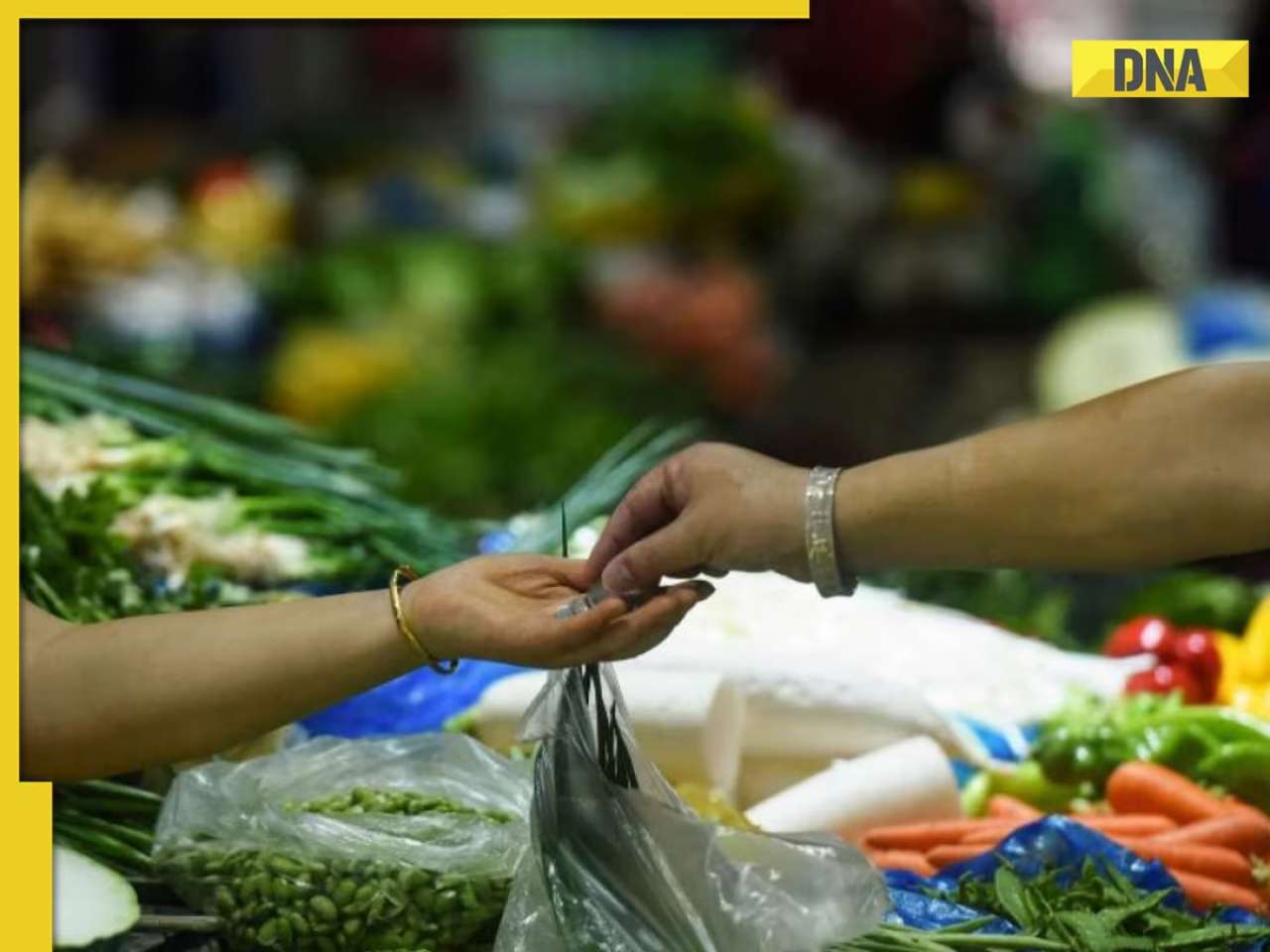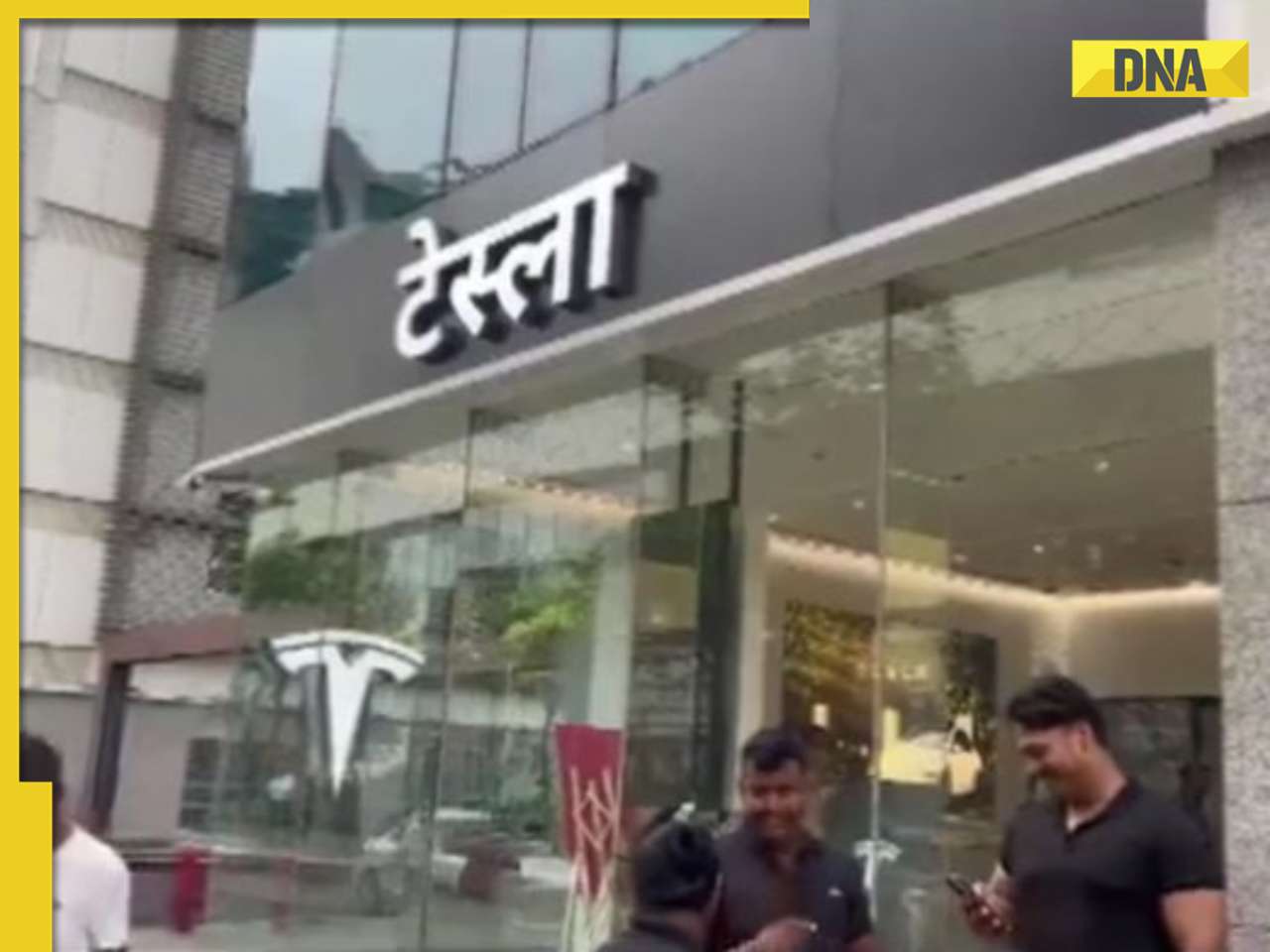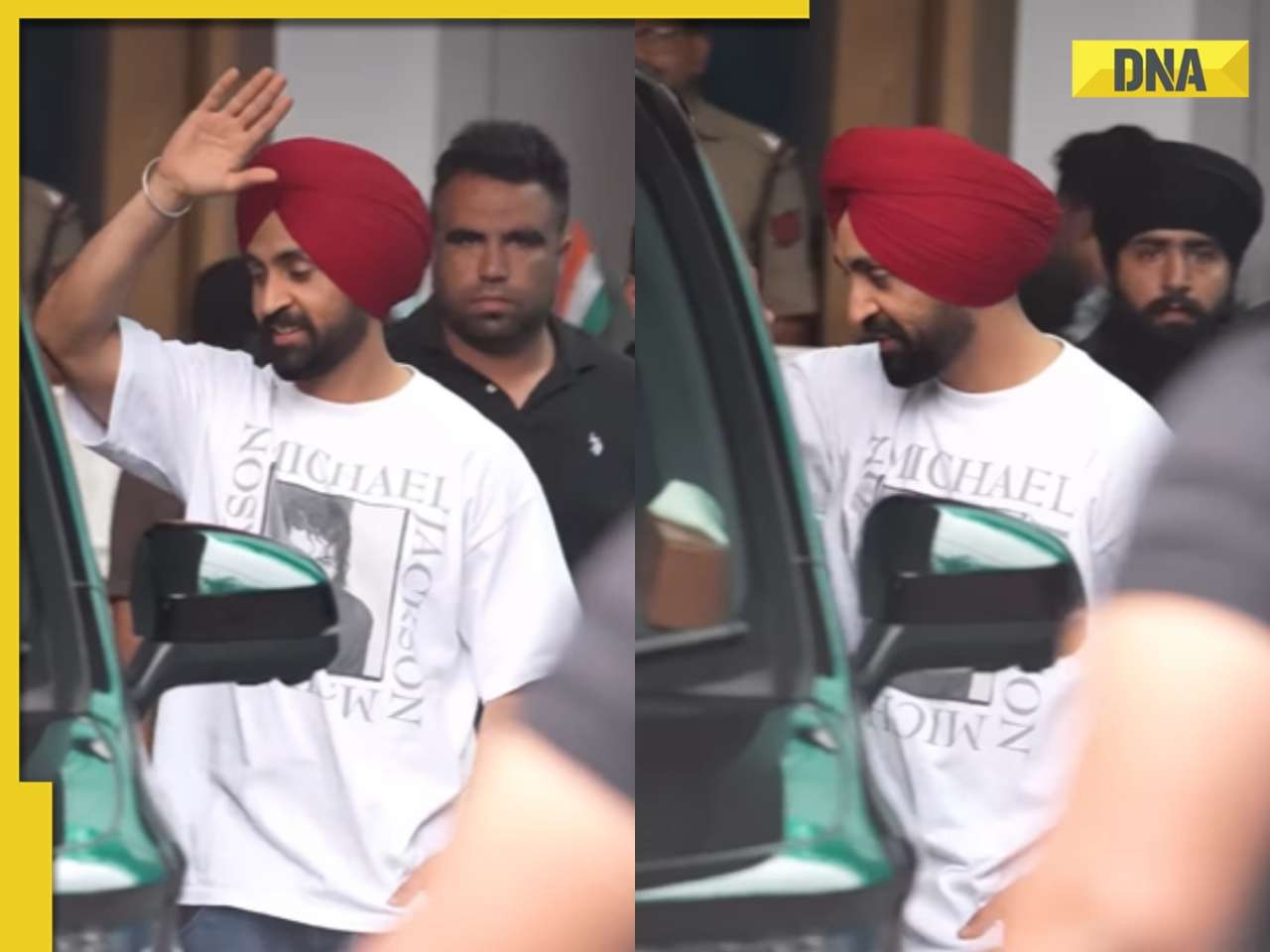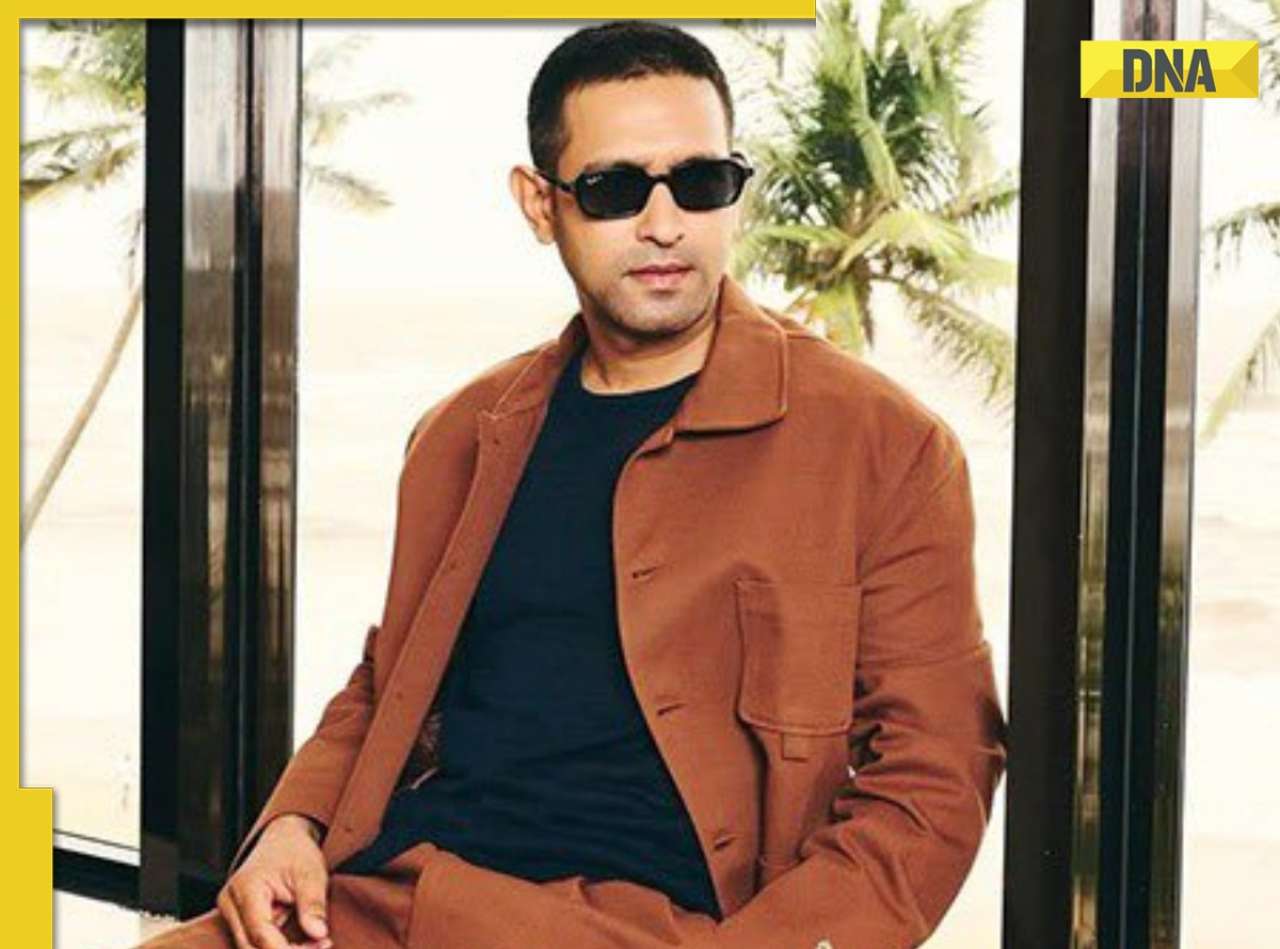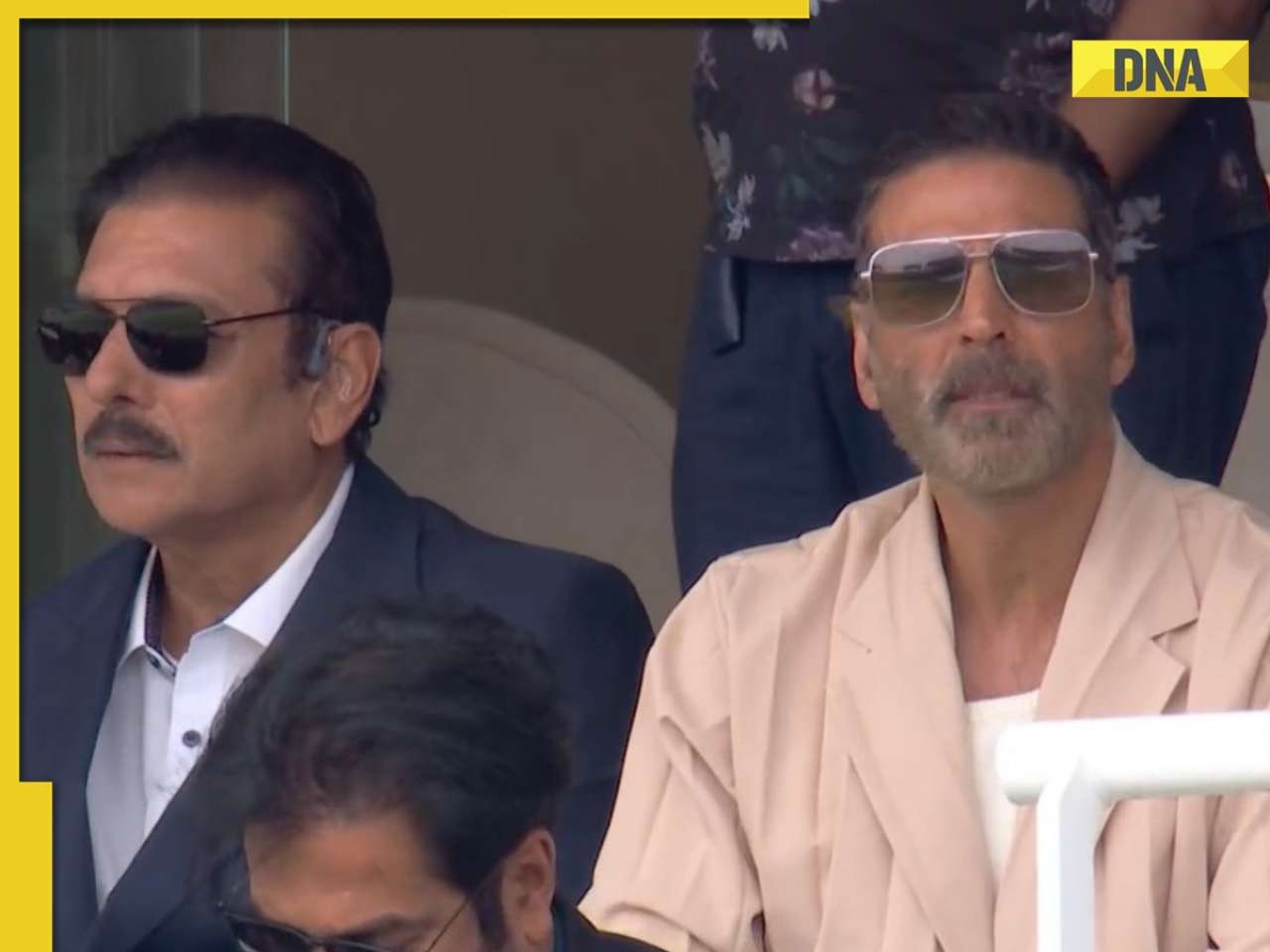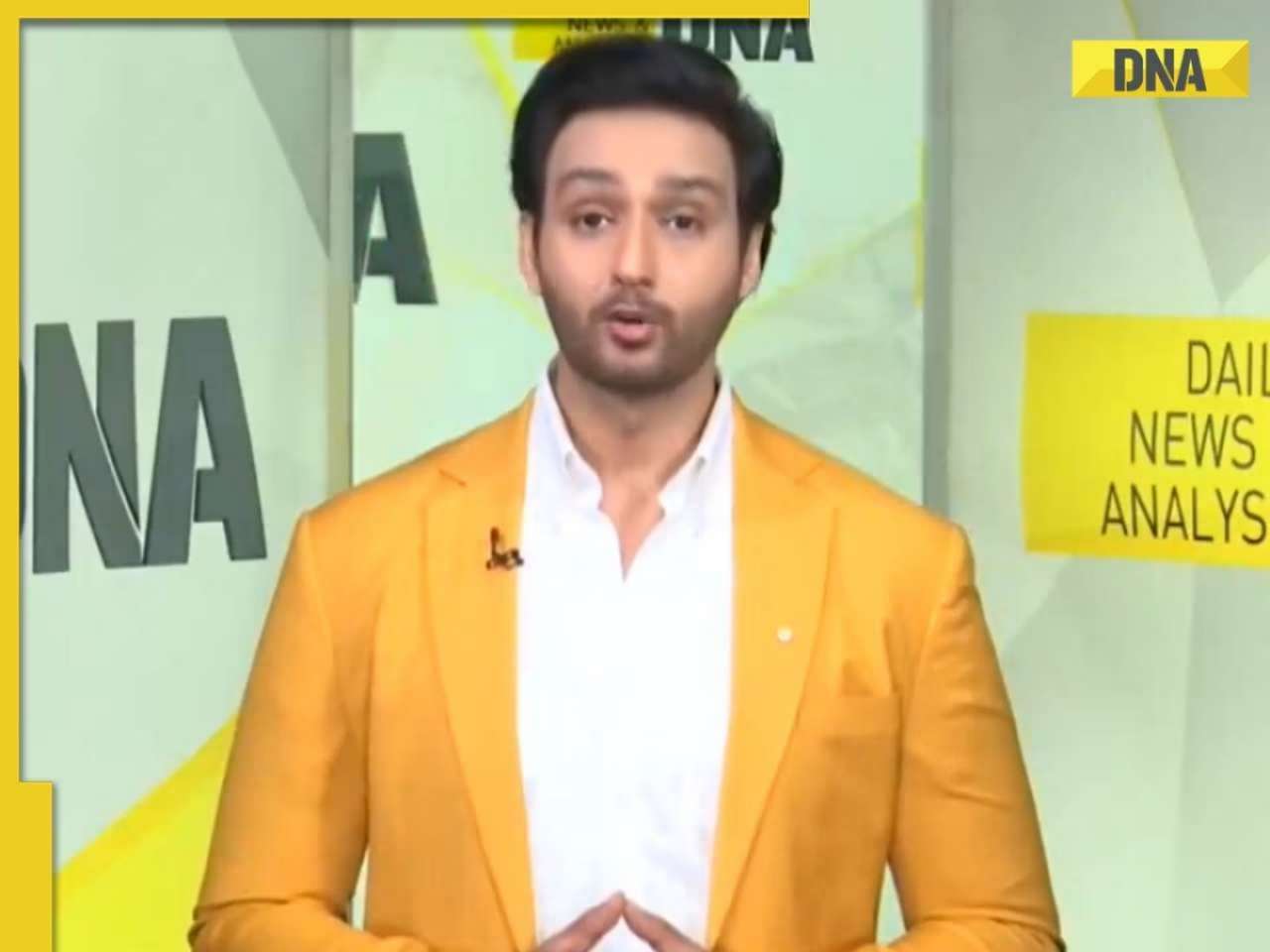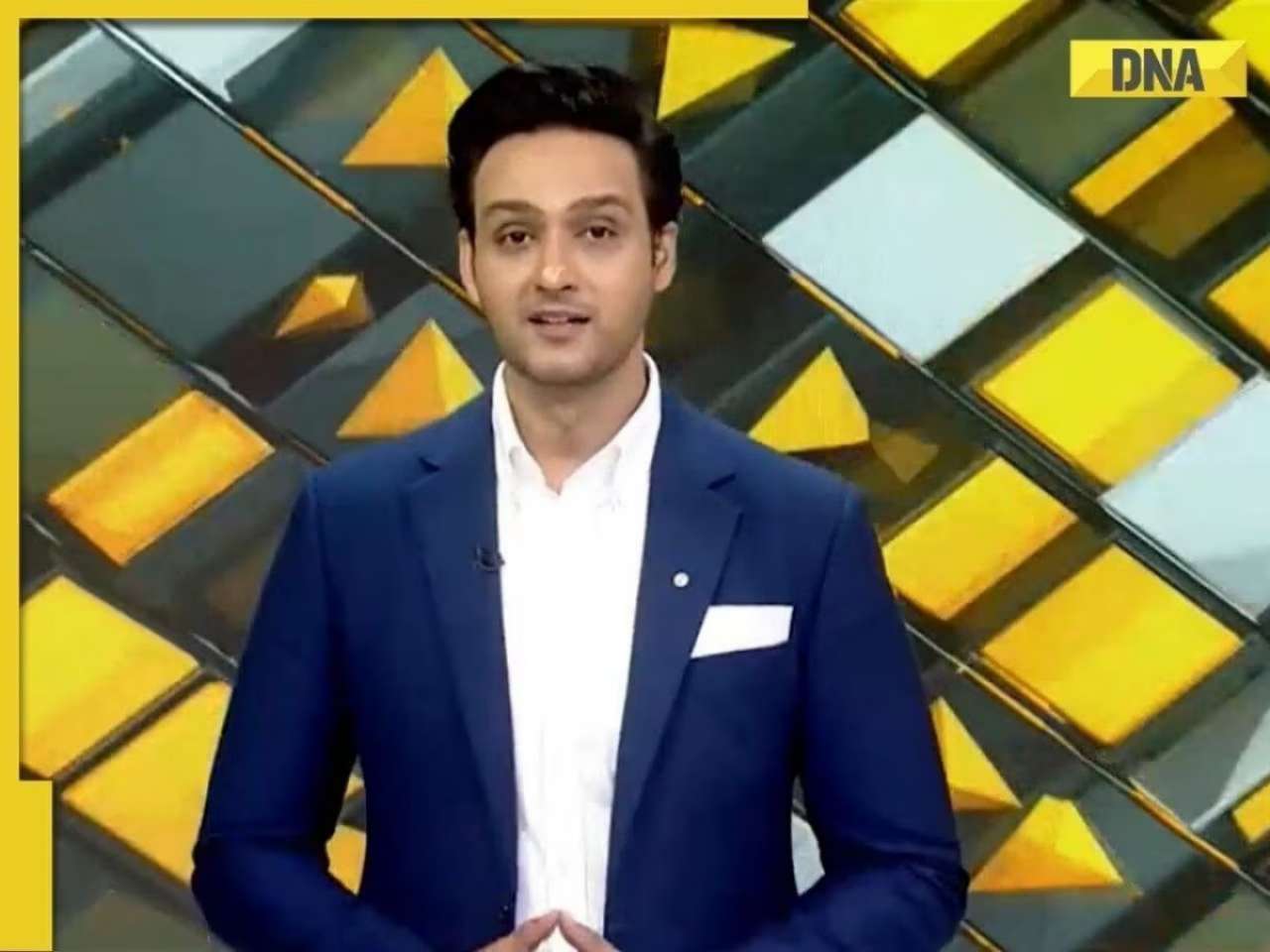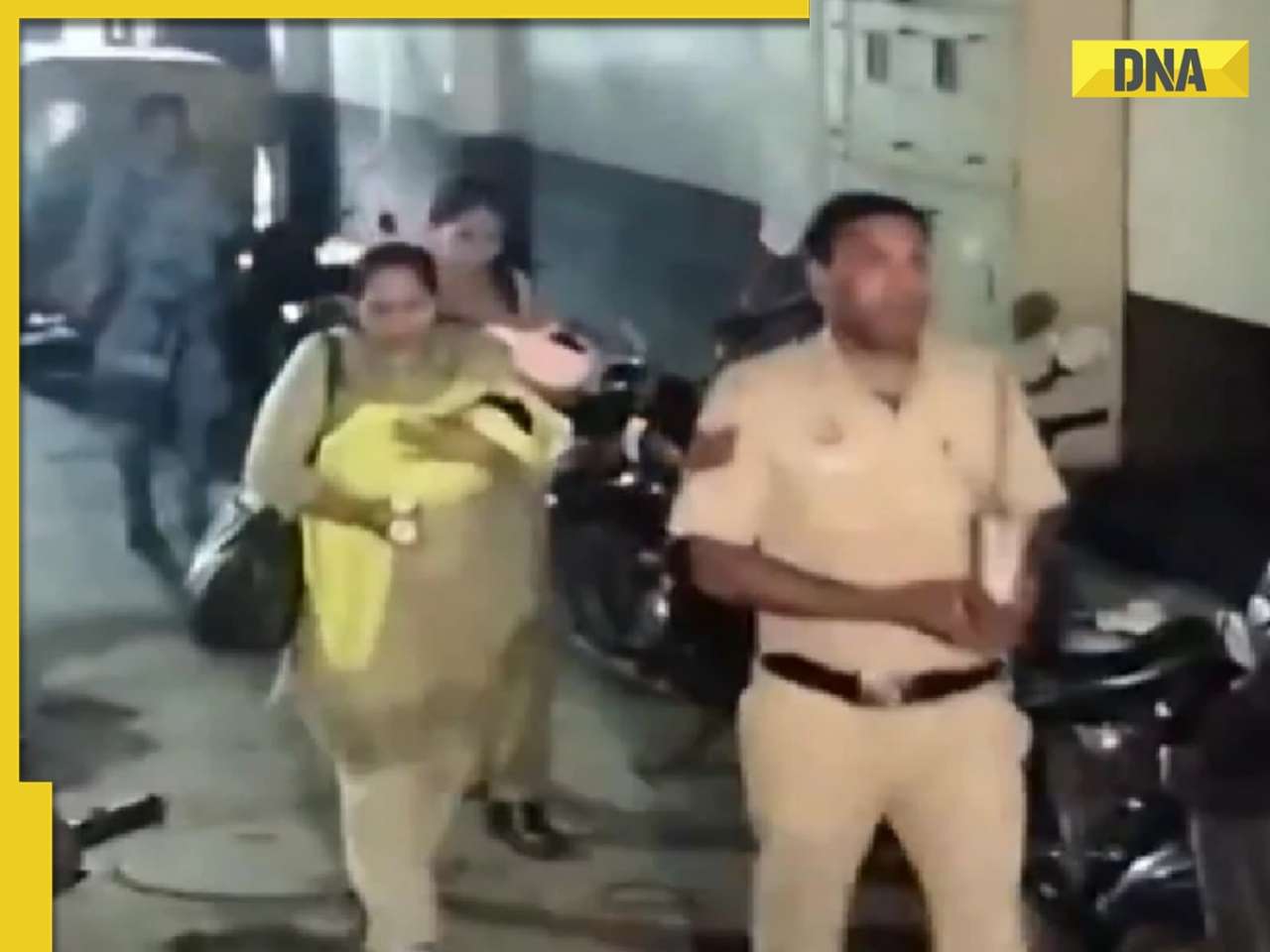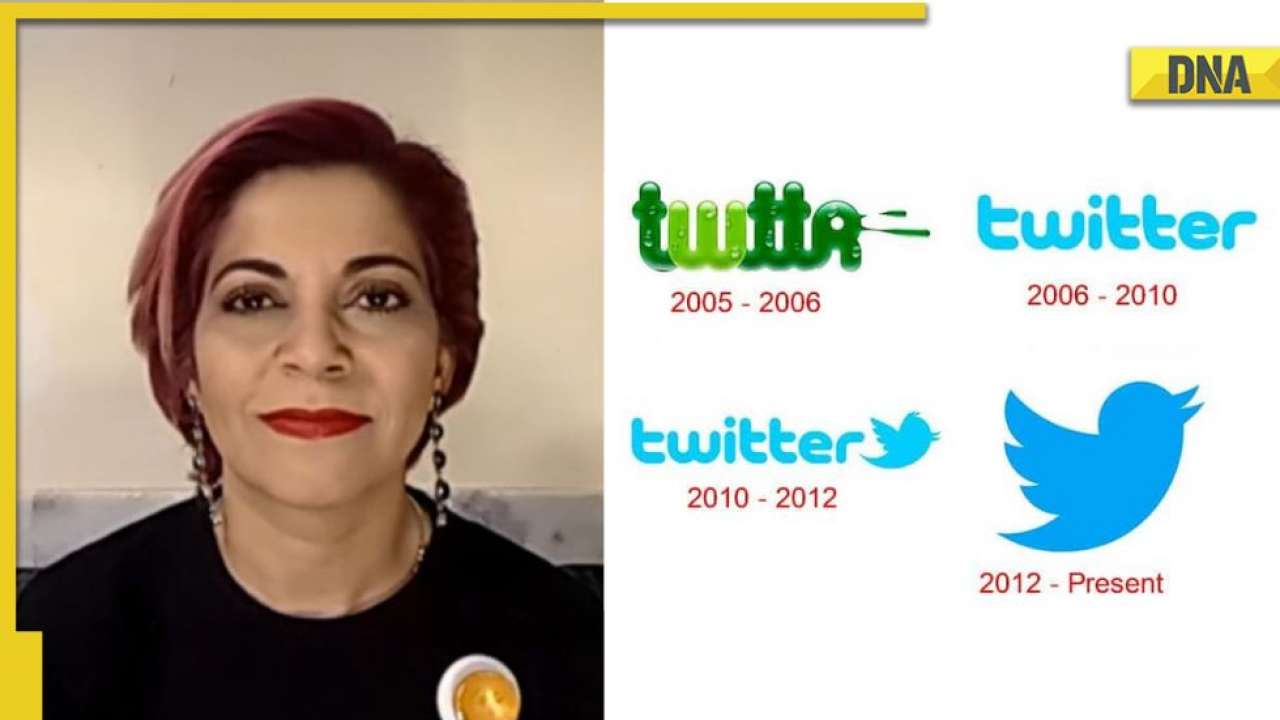On April 21, 2025, US Vice President JD Vance arrived at Delhi’s Palam Air Force Station for a four-day visit to India, marking a critical moment in India-US relations.
A High-Stakes Diplomatic Mission
On April 21, 2025, US Vice President JD Vance arrived at Delhi’s Palam Air Force Station for a four-day visit to India, marking a critical moment in India-US relations. His itinerary blends diplomacy with cultural engagement, including meetings with Prime Minister Narendra Modi and visits to iconic sites like Delhi’s Swaminarayan Akshardham Temple, Jaipur’s Amer Fort, Jantar Mantar, City Palace, Hawa Mahal, and Agra’s Taj Mahal.
This mix of high-level talks and cultural exploration underscores the multifaceted partnership between the two nations, which is increasingly vital in a world grappling with trade uncertainties.
The Heart of the Visit: Trade Talks
At the core of Vance’s visit is the pursuit of a bilateral trade agreement. In 2024, trade between India and the US reached an impressive $129.2 billion, with India exporting $87.4 billion worth of goods, including textiles, pharmaceuticals, and engineering products, to the US. This economic relationship is a lifeline for millions of Indian workers and businesses. However, the potential re-imposition of a 26% tariff by the US threatens to disrupt this flow. Such tariffs would make Indian goods more expensive for American consumers, potentially reducing demand and forcing businesses to seek alternative markets.
Local Impacts in India
The threat of tariffs is already causing concern across Indian states. In Andhra Pradesh, Chief Minister N Chandrababu Naidu has publicly requested an exemption for shrimp exports, a key industry supporting thousands of livelihoods. Similarly, Karnataka, a powerhouse of technology, manufacturing, and agriculture, faces significant risks. The state’s textile and engineering goods sectors, which rely heavily on US markets, could see reduced competitiveness if tariffs increase costs. Karnataka’s agricultural exports, such as coffee and spices, might also struggle to maintain their foothold in the US. Conversely, a successful trade deal could unlock new opportunities, attracting investment and boosting Karnataka’s role as a global economic hub.
Karnataka’s Economic Stakes
Karnataka’s diverse economy makes it particularly sensitive to global trade shifts. The state’s IT industry, centered in Bengaluru, may be less directly affected by tariffs, but its manufacturing and agricultural sectors are vulnerable. For instance, Karnataka’s textile industry, which employs thousands, could face higher costs and reduced US demand. Small and medium enterprises, a backbone of the state’s economy, might struggle to absorb these shocks, leading to job losses and economic slowdown. On the flip side, a favorable trade agreement could strengthen Karnataka’s position, encouraging US firms to invest in its technology and manufacturing sectors, creating jobs and fostering innovation.
China’s Shadow Over Trade Talks
India’s pursuit of a trade deal with the US has drawn sharp criticism from China, a dominant player in global trade. Beijing, which supplies affordable goods across South Asia, fears that an India-US agreement could undermine its economic influence. China has warned of countermeasures, raising the specter of a broader trade conflict. This creates a complex geopolitical landscape where smaller economies, including those in South Asia, risk being caught in the crossfire. India must navigate these tensions carefully, balancing its economic ambitions with the need to maintain stable relations with China.
Global Economic Uncertainty
The backdrop to Vance’s visit is a world grappling with economic uncertainty. Recent currency market fluctuations highlight this fragility. The US dollar has weakened against major currencies like the Swiss franc, Japanese yen, and euro, driven by concerns over the perceived politicization of the US Federal Reserve. This erosion of investor confidence underscores the delicate interplay between economic policy and political perception. Meanwhile, upcoming economic reports will provide critical insights. The Federal Reserve’s ‘Beige Book,’ Purchasing Manager Indexes from the US, Europe, and Japan, and corporate financial results will shed light on global economic health.
IMF’s Sobering Outlook
The International Monetary Fund’s (IMF) Spring Meetings, concluding with the release of its World Economic Outlook, will further shape the narrative. IMF Managing Director Kristalina Georgieva has signaled that the report will likely include downward revisions to global growth forecasts and upward adjustments to inflation projections. These revisions reflect the challenges of prolonged economic uncertainty, driven by rising trade barriers and supply chain disruptions. Georgieva’s warnings about the dangers of protectionism are particularly relevant to Vance’s visit, as tariffs could exacerbate these issues.
The Risks of Protectionism
Georgieva has emphasized that modern supply chains are deeply interconnected, meaning tariffs on one product can ripple across industries and countries. For example, a tariff on Indian textiles could increase costs for US retailers, raise prices for consumers, and disrupt supply chains in third countries. Smaller economies, like those in South Asia, are especially vulnerable, as they often lack the resources to absorb such shocks. Moreover, protectionist measures can undermine long-term productivity by discouraging innovation and competition. While tariffs aim to boost domestic manufacturing, the transition is slow, leaving consumers with higher prices and fewer choices in the interim.
The Broader Implications
Vance’s visit comes at a time when global trade is at a crossroads. The rise of protectionism, coupled with geopolitical tensions, threatens to fragment the global economy. For India, a key player in the Global South, the stakes are high. A strong trade deal with the US could enhance India’s economic resilience, create jobs, and position it as a counterbalance to China’s dominance. However, failure to secure favorable terms could weaken India’s export-driven industries and strain its economy. The outcomes of Vance’s discussions will also influence global perceptions of US trade policy under the current administration.
A Path Forward
As JD Vance departs from Jaipur on April 24, 2025, the results of his talks with Indian leaders will reverberate far beyond the two nations. A successful trade agreement could strengthen India-US ties, boost economic growth, and create opportunities for states like Karnataka. However, the broader challenge lies in navigating the global trade landscape. Avoiding the pitfalls of protectionism and fostering international cooperation will require strategic diplomacy and a commitment to mutual benefit. For India, the US, and the world, the path forward demands careful navigation of these turbulent trade winds. -------- E.O.M
(The author Girish Linganna of this article is an award-winning Science Writer and a Defence, Aerospace & Political Analyst based in Bengaluru. He is also Director of ADD Engineering Components, India, Pvt. Ltd, a subsidiary of ADD Engineering GmbH, Germany. You can reach him, at: girishlinganna@gmail.com)
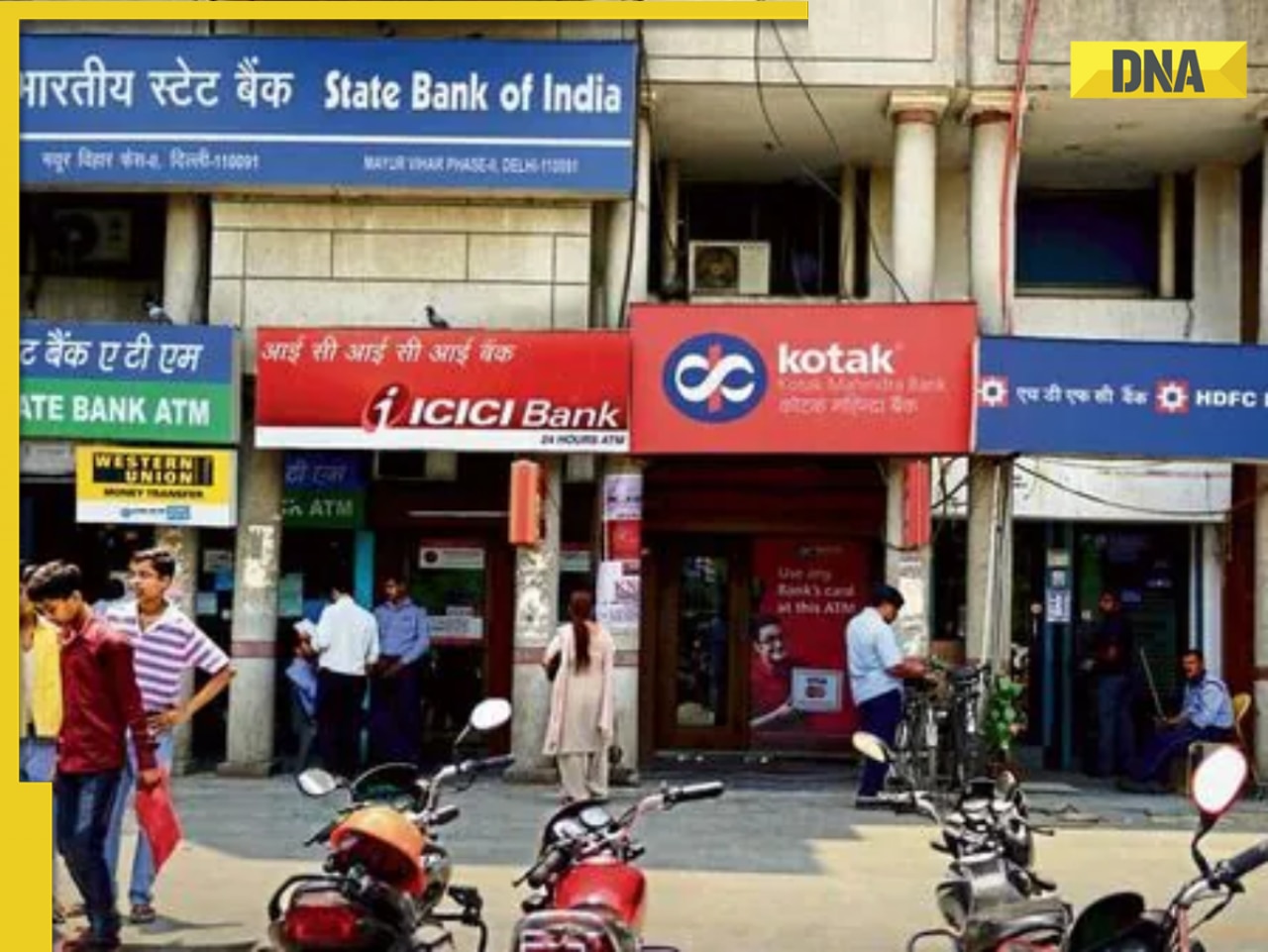 THIS govt company in HUGE debt, defaults on bank loans worth whopping Rs...
THIS govt company in HUGE debt, defaults on bank loans worth whopping Rs...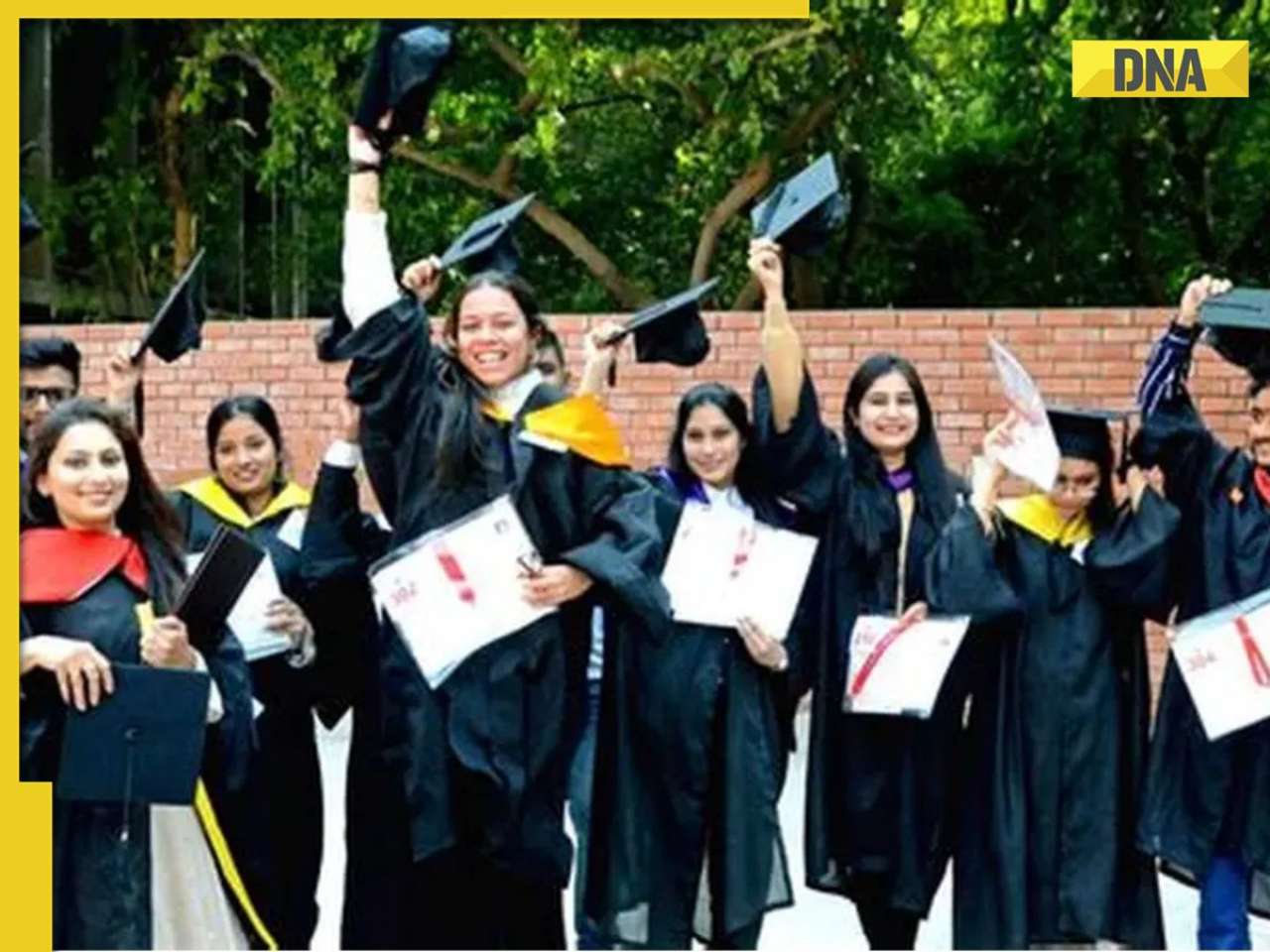 This city is world’s most student friendly, 4 Indian cities also feature in list with the most affordable city being...
This city is world’s most student friendly, 4 Indian cities also feature in list with the most affordable city being... 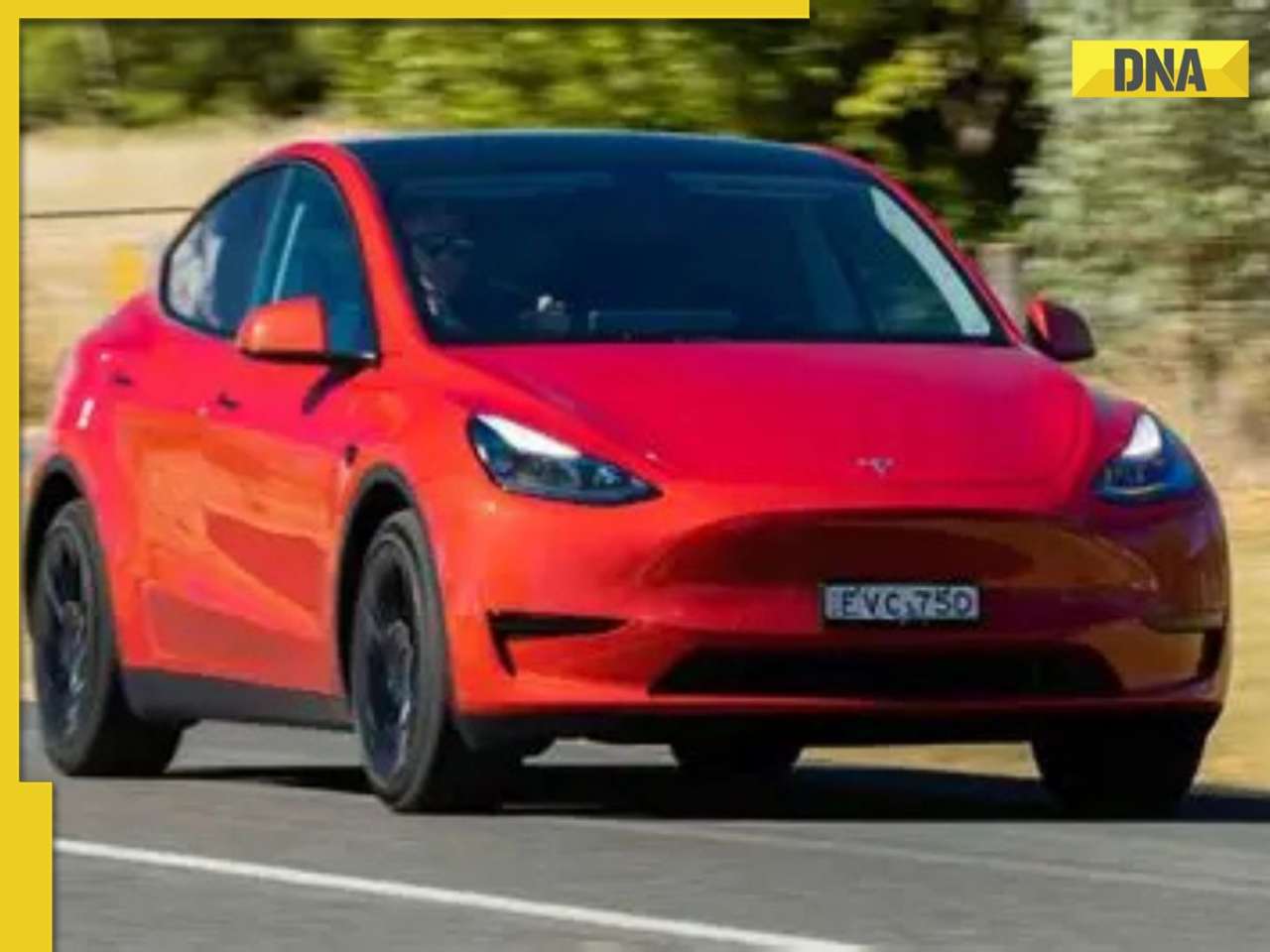 Tesla cars will be priced cheaper in Delhi and Mumbai than Gurugram, here’s why, check cost difference here
Tesla cars will be priced cheaper in Delhi and Mumbai than Gurugram, here’s why, check cost difference here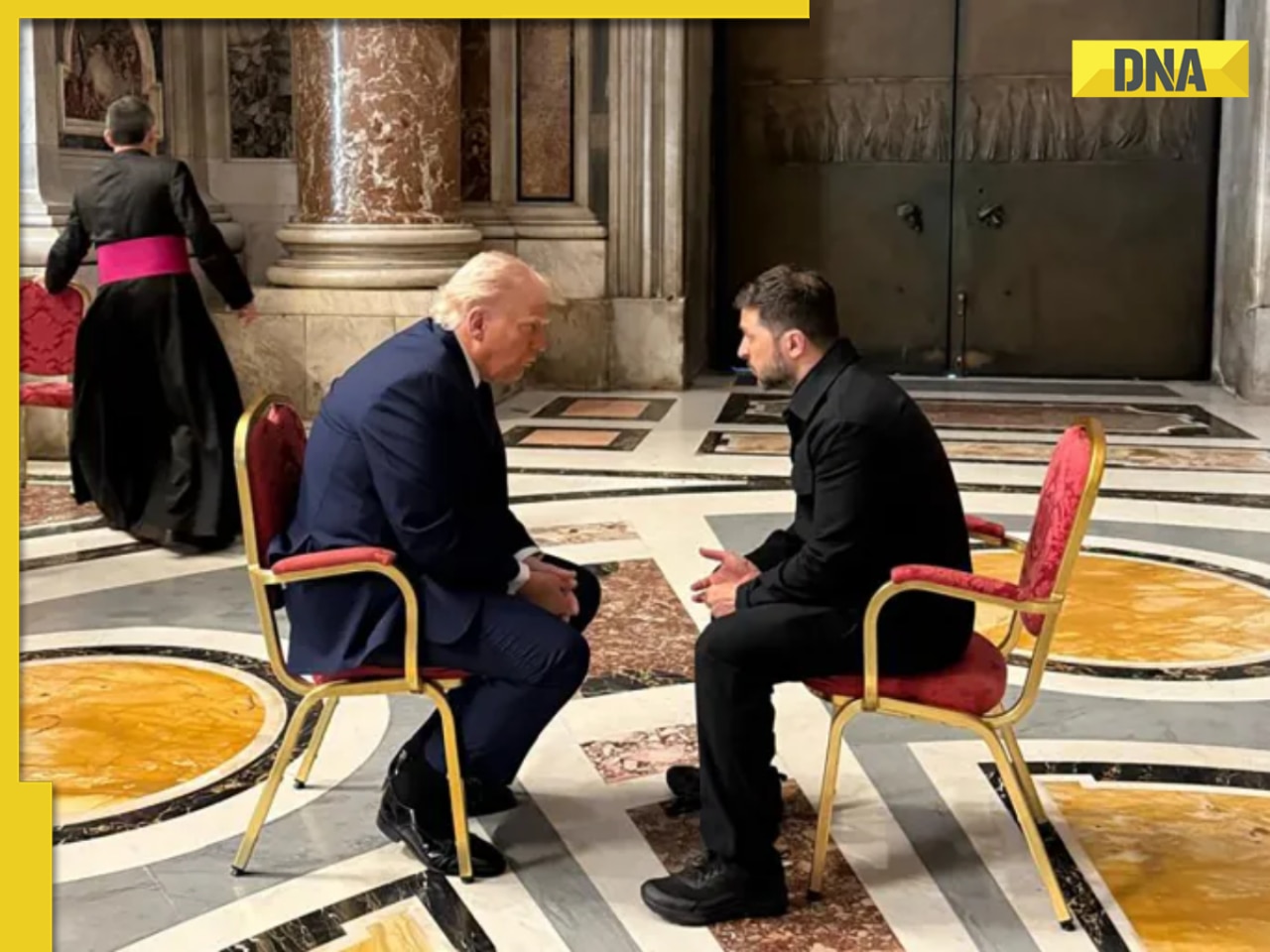 Donald Trump makes BIG proposal to Ukraine over Russia war, asks Zelenskyy, 'Can you hit...'
Donald Trump makes BIG proposal to Ukraine over Russia war, asks Zelenskyy, 'Can you hit...'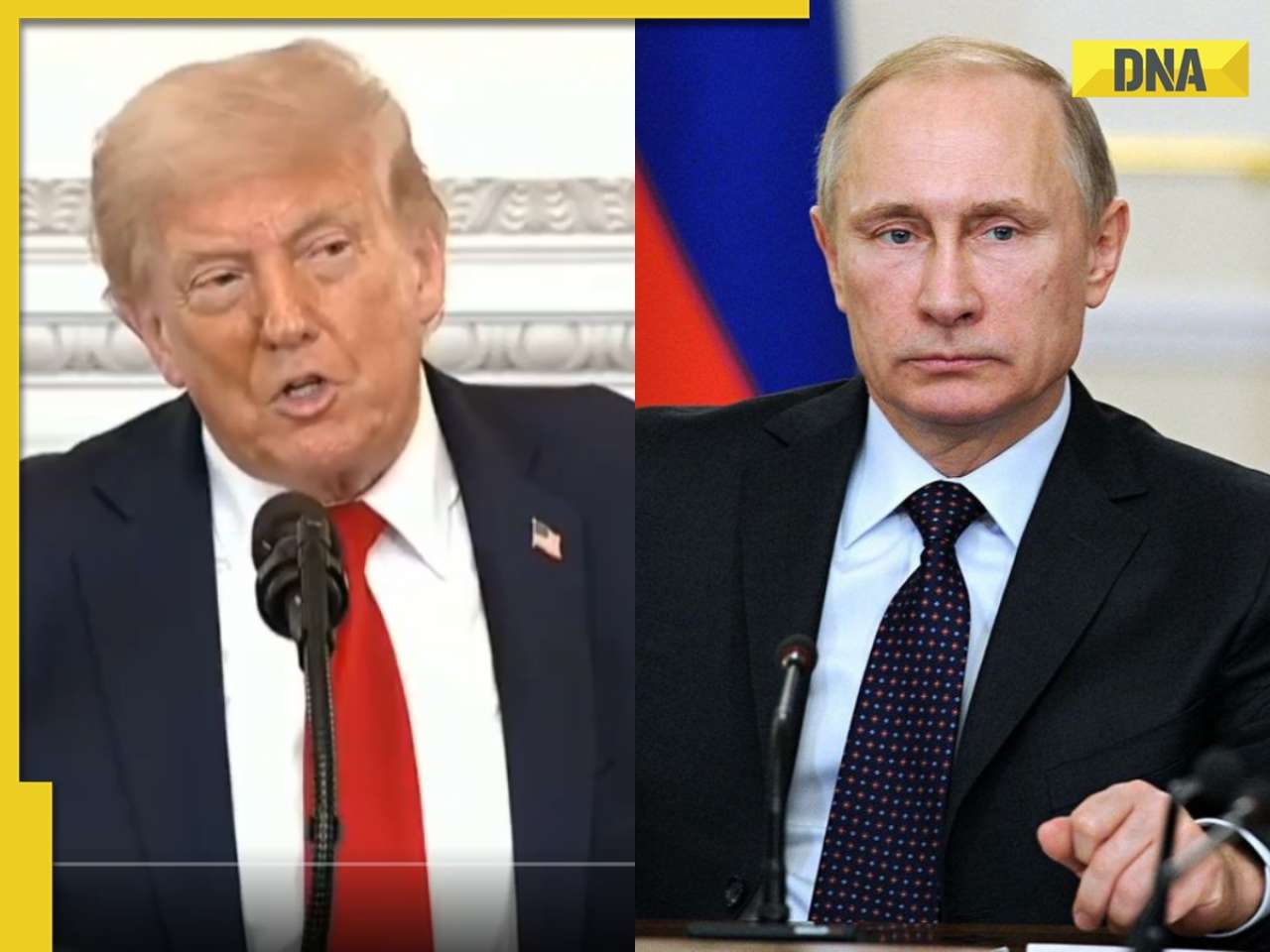 DNA TV Show: US President Donald Trump gives Putin 50-day deadline to end war with Ukraine
DNA TV Show: US President Donald Trump gives Putin 50-day deadline to end war with Ukraine What is brain fog? 7 Ways to overcome it
What is brain fog? 7 Ways to overcome it Sawan 2025: Move beyond Tip Tip Barsa Paani, this rainy season groove on these sizzling songs
Sawan 2025: Move beyond Tip Tip Barsa Paani, this rainy season groove on these sizzling songs Kang Seo‑ha to Kim Sae‑ron: K‑drama, K-pop icons we lost recently
Kang Seo‑ha to Kim Sae‑ron: K‑drama, K-pop icons we lost recently Our Golden Days, My Lovely Journey, Beyond the Bar: 8 must-watch K-dramas in August 2025
Our Golden Days, My Lovely Journey, Beyond the Bar: 8 must-watch K-dramas in August 2025 Parents-to-be Rajkummar Rao and Patralekhaa: What makes their family ties so strong
Parents-to-be Rajkummar Rao and Patralekhaa: What makes their family ties so strong Odisha Girl Self Immolation Case: Odisha CM Announces Rs 20 Lakh Aid For Kin Of Balasore Student
Odisha Girl Self Immolation Case: Odisha CM Announces Rs 20 Lakh Aid For Kin Of Balasore Student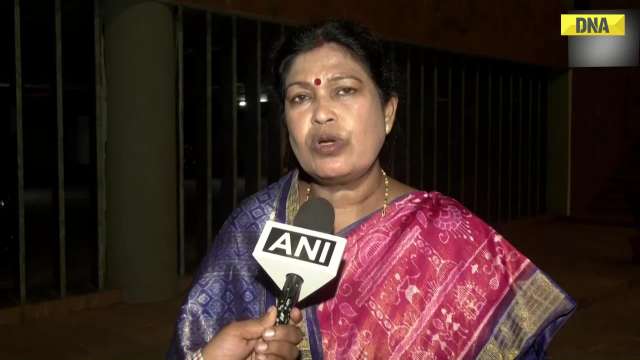 Odisha Girl Self-Immolation Case: BJD leader Slams Odisha Govt After Balasore Student Dies
Odisha Girl Self-Immolation Case: BJD leader Slams Odisha Govt After Balasore Student Dies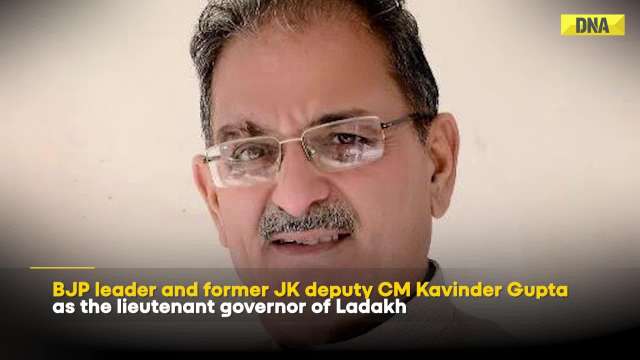 President Murmu Appoints New Governors For Haryana, Goa; Kavinder Gupta Named LG Of Ladakh
President Murmu Appoints New Governors For Haryana, Goa; Kavinder Gupta Named LG Of Ladakh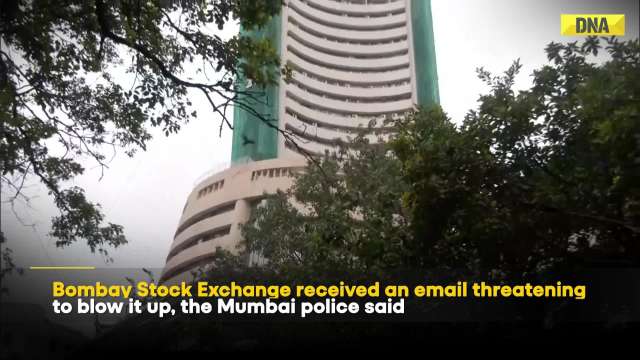 Bombay Stock Exchange Receives Bomb Threat From 'Comrade Pinarayi Vijayan', '4 RDX IED In Building'
Bombay Stock Exchange Receives Bomb Threat From 'Comrade Pinarayi Vijayan', '4 RDX IED In Building' India Pakistan News: New Paramilitary Force In Pakistan Sparks Crackdown Fears
India Pakistan News: New Paramilitary Force In Pakistan Sparks Crackdown Fears THIS govt company in HUGE debt, defaults on bank loans worth whopping Rs...
THIS govt company in HUGE debt, defaults on bank loans worth whopping Rs... Tesla cars will be priced cheaper in Delhi and Mumbai than Gurugram, here’s why, check cost difference here
Tesla cars will be priced cheaper in Delhi and Mumbai than Gurugram, here’s why, check cost difference here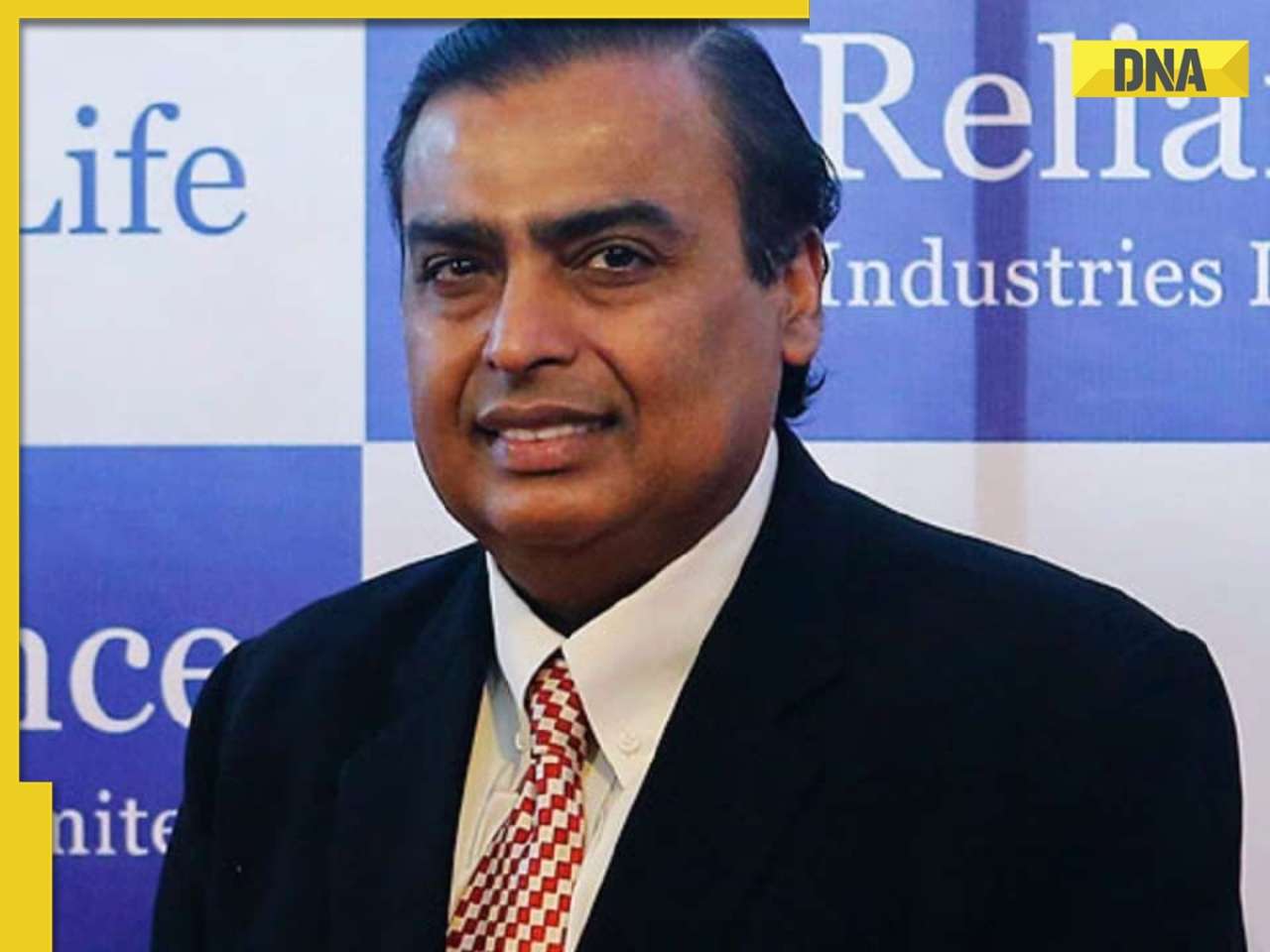 Mukesh Ambani's Reliance's BIG win as Delhi HC directs e-commerce platforms to...
Mukesh Ambani's Reliance's BIG win as Delhi HC directs e-commerce platforms to... UIDAI shares BIG update on children above 7 with Aadhaar: 'To face risk of...'
UIDAI shares BIG update on children above 7 with Aadhaar: 'To face risk of...' Meet woman who started as trainee, will now become CEO of..., won major award at Cannes, she is...
Meet woman who started as trainee, will now become CEO of..., won major award at Cannes, she is...  Then and now: What Daniel Radcliffe, Emma Watson, Rupert Grint and more Harry Potter cast members doing now?
Then and now: What Daniel Radcliffe, Emma Watson, Rupert Grint and more Harry Potter cast members doing now? Which Visa lets you travel to multiple countries? Learn about Visas that fit your needs
Which Visa lets you travel to multiple countries? Learn about Visas that fit your needs Chhoriyan Chali Gaon contestants list out: Anita Hassanandani, Aishwarya Khare, and others join Rannvijay Singha's show
Chhoriyan Chali Gaon contestants list out: Anita Hassanandani, Aishwarya Khare, and others join Rannvijay Singha's show Laapataa Ladies' Pratibha Ranta returns in Revolutionaries with Bhuvam Bham, Rohit Saraf: All you need to know about Nikkhil Advani's series
Laapataa Ladies' Pratibha Ranta returns in Revolutionaries with Bhuvam Bham, Rohit Saraf: All you need to know about Nikkhil Advani's series Ananya Panday's vacation photos go viral: A peek into her sun-kissed moments, beach outfits, and carefree vibes
Ananya Panday's vacation photos go viral: A peek into her sun-kissed moments, beach outfits, and carefree vibes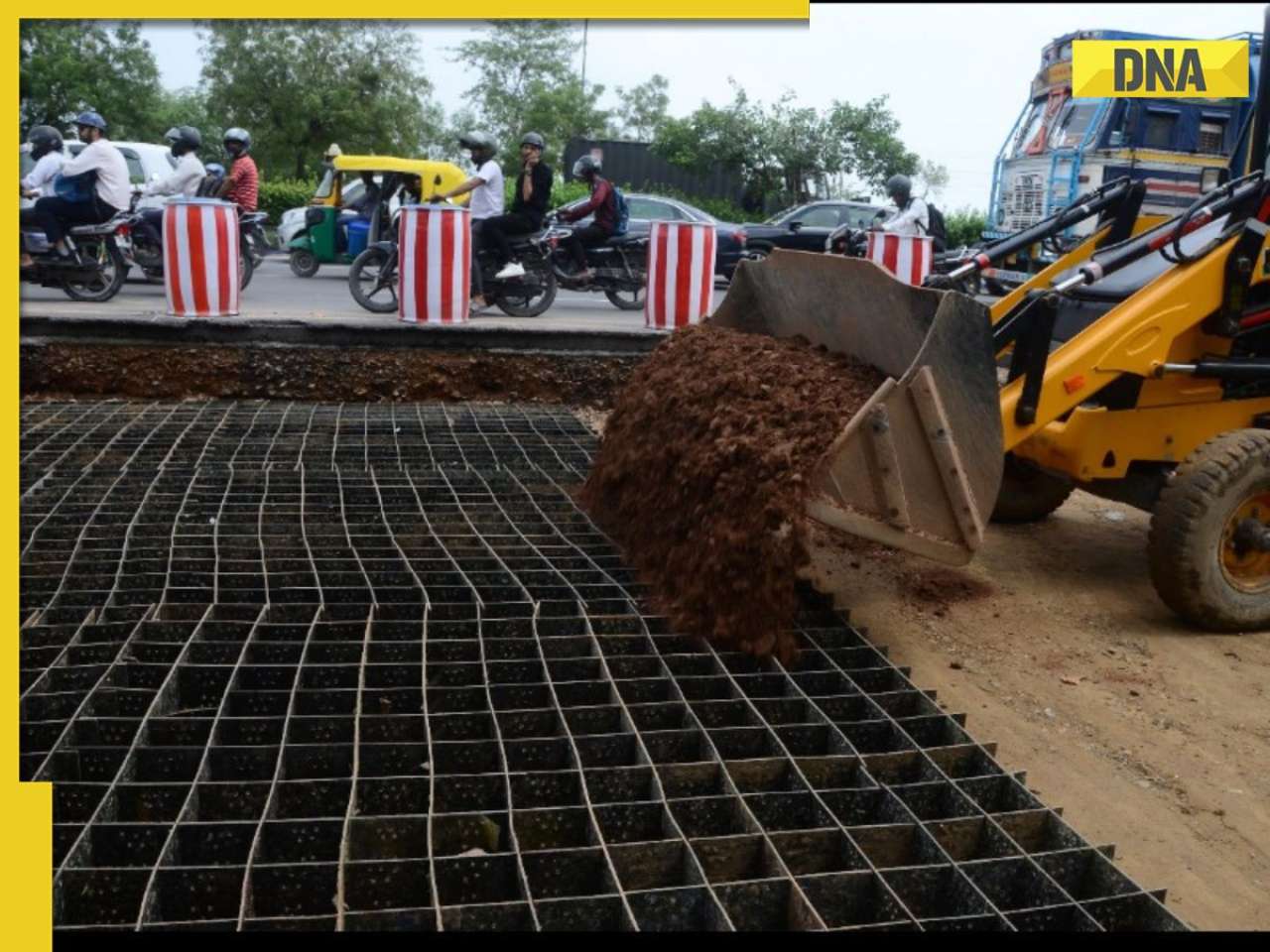 India's first plastic road to be built with Geocell Technology in..., know all about this sustainable initiative
India's first plastic road to be built with Geocell Technology in..., know all about this sustainable initiative 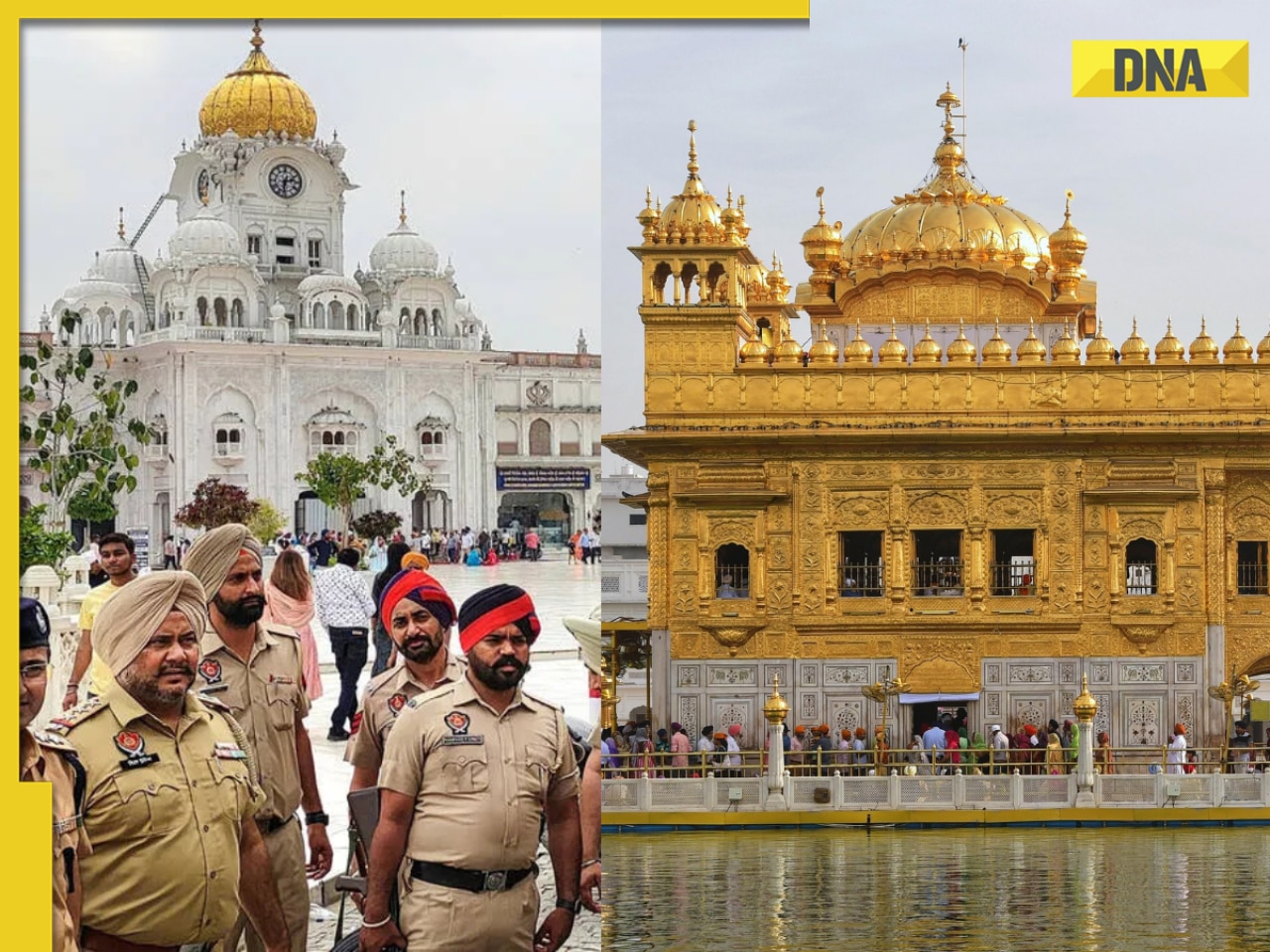 Golden Temple receives bomb threat again, second RDX email in 24 hours, probe underway
Golden Temple receives bomb threat again, second RDX email in 24 hours, probe underway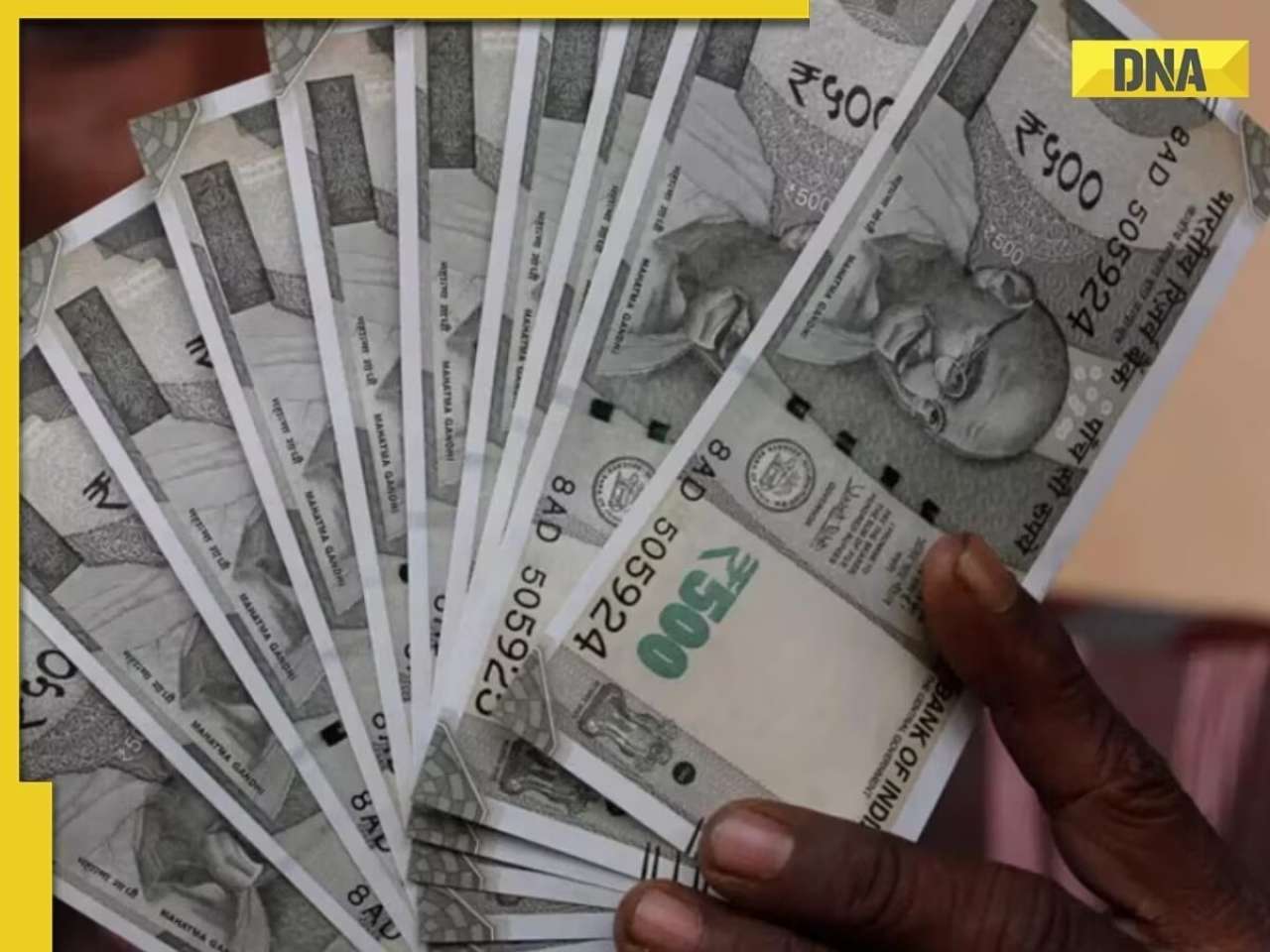 Rs 10000000000: Indians losing huge amount of money every month due to...
Rs 10000000000: Indians losing huge amount of money every month due to...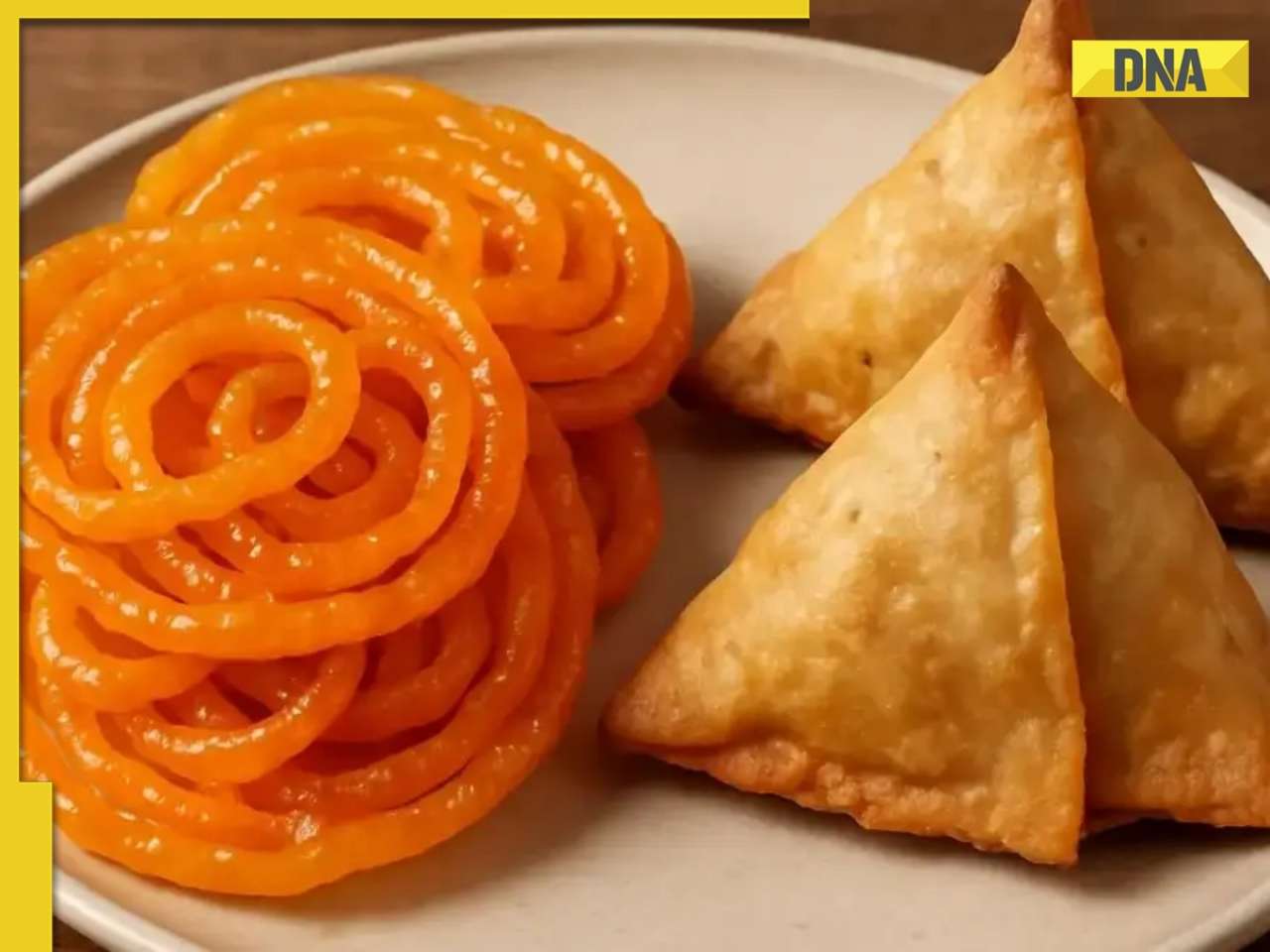 DNA Verified: Samosa, jalebi, other Indian snacks to carry health warning labels? Know the truth here
DNA Verified: Samosa, jalebi, other Indian snacks to carry health warning labels? Know the truth here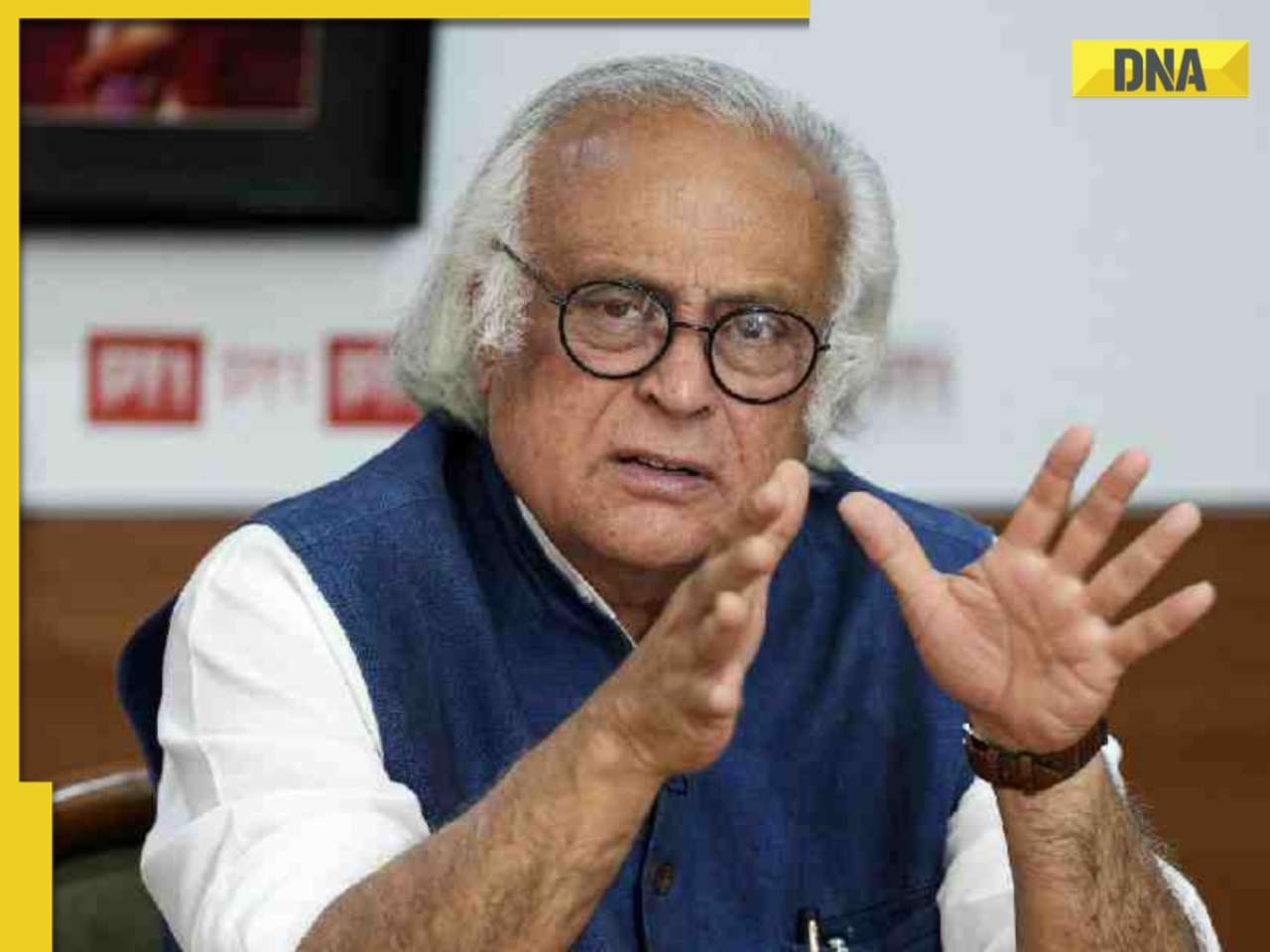 '65 days, 22 times’: Congress leader Jairam Ramesh slams BJP as US President Trump again claims credit for India-Pakistan ceasefire
'65 days, 22 times’: Congress leader Jairam Ramesh slams BJP as US President Trump again claims credit for India-Pakistan ceasefire Who is IAS officer Arpit Sagar who Fined NHAI for..., served in high-ranking administrative roles, she’s from...
Who is IAS officer Arpit Sagar who Fined NHAI for..., served in high-ranking administrative roles, she’s from... 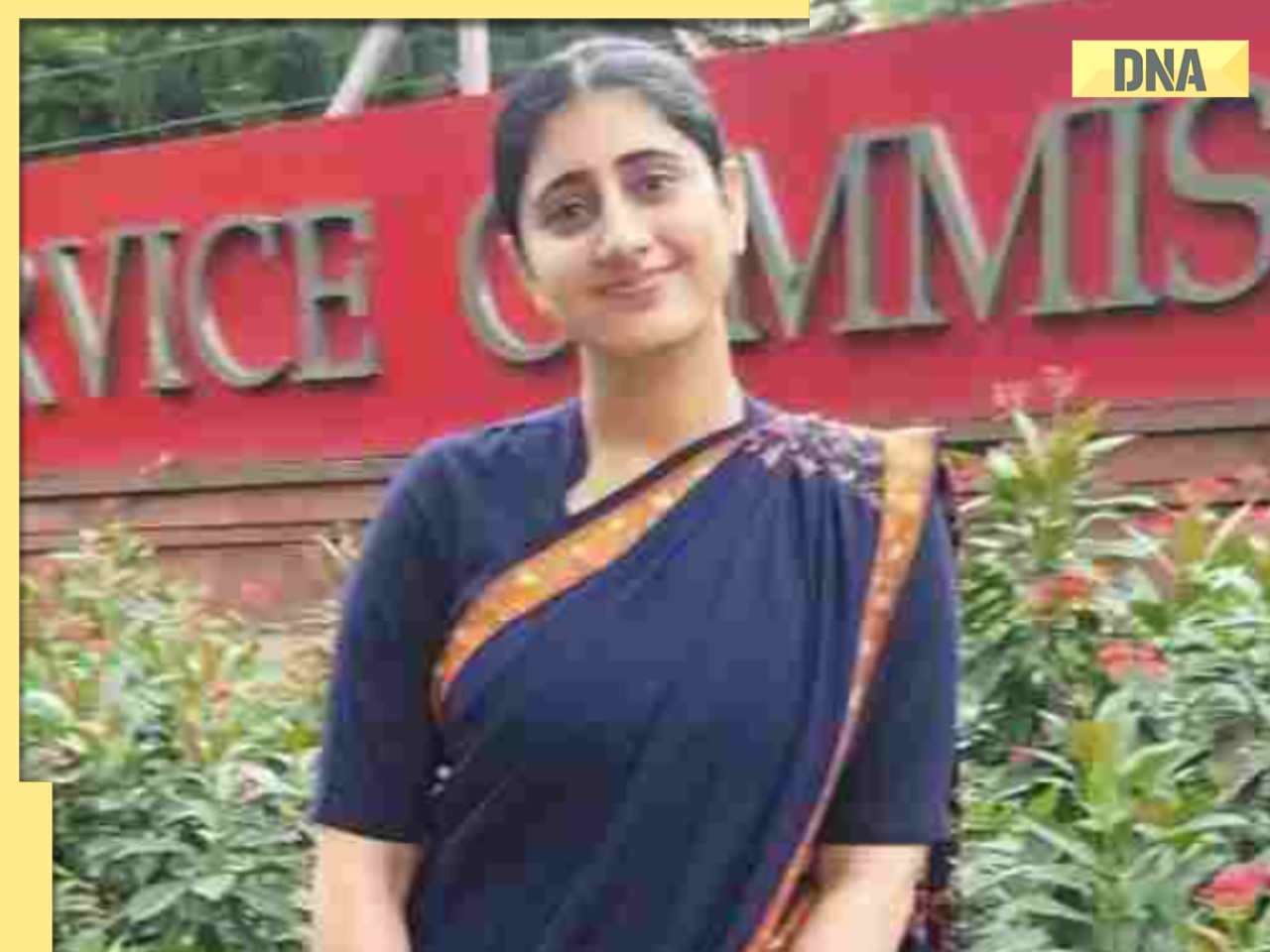 Meet woman who left high-paying job in Switzerland for UPSC exam, secured AIR...; married to IAS, she is now...
Meet woman who left high-paying job in Switzerland for UPSC exam, secured AIR...; married to IAS, she is now... Meet woman who failed in NEET, UPSC exams, later secured Rs 72 LPA job at THIS aviation giant to become the youngest...
Meet woman who failed in NEET, UPSC exams, later secured Rs 72 LPA job at THIS aviation giant to become the youngest...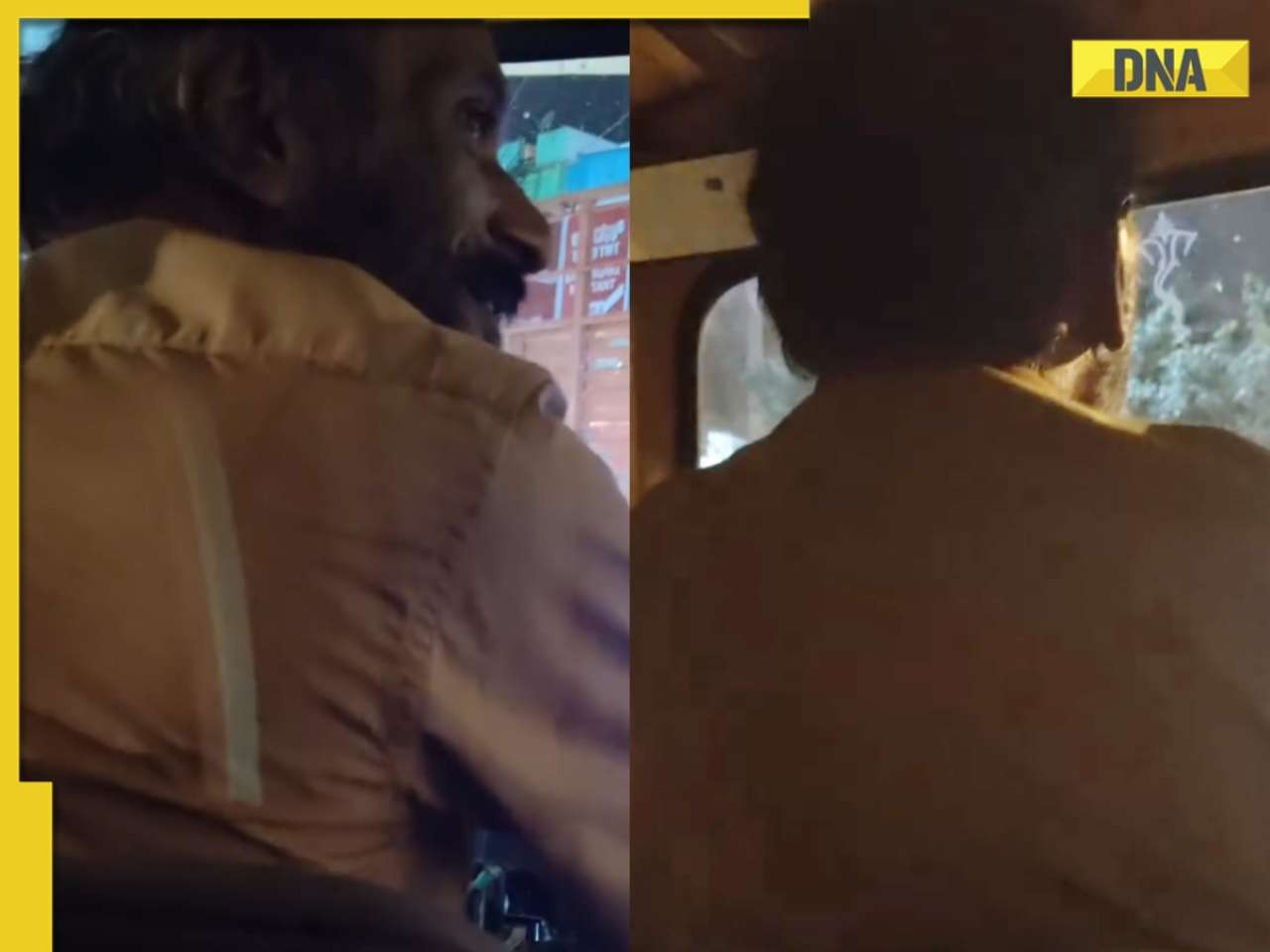 This auto driver speaks 7 languages, did double MA, worked in MNCs, wanted to become IAS officer then..., is now going viral for..
This auto driver speaks 7 languages, did double MA, worked in MNCs, wanted to become IAS officer then..., is now going viral for.. Meet 19-year-old boy who took family responsibilities after his father's demise, cracked JEE Main with 9 to 5 job, his AIR was..., he wants to...
Meet 19-year-old boy who took family responsibilities after his father's demise, cracked JEE Main with 9 to 5 job, his AIR was..., he wants to... This luxury car is first choice of Indians, even left BMW, Jaguar, Audi behind in sales, it is...
This luxury car is first choice of Indians, even left BMW, Jaguar, Audi behind in sales, it is... Kia India unveils Carens Clavis: Check features, design changes, price and more; bookings open on...
Kia India unveils Carens Clavis: Check features, design changes, price and more; bookings open on... Tesla CEO Elon Musk launches most affordable Cybertruck, but it costs Rs 830000 more than older version, it is worth Rs...
Tesla CEO Elon Musk launches most affordable Cybertruck, but it costs Rs 830000 more than older version, it is worth Rs...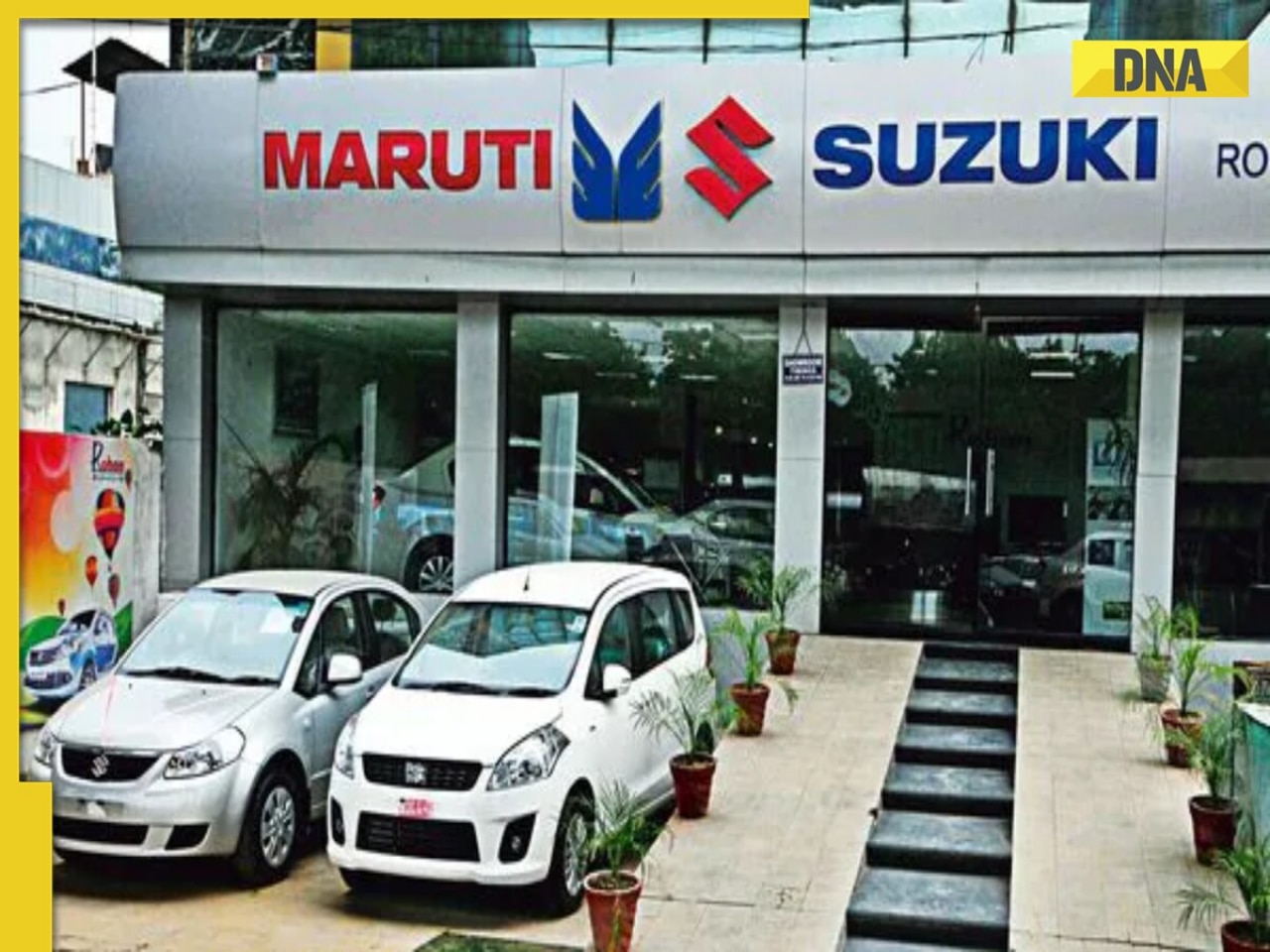 Planning to buy a Maruti Suzuki car? Prices set to rise by 4% from...
Planning to buy a Maruti Suzuki car? Prices set to rise by 4% from... Audi launches Audi RS Q8 2025 in India: Know price, specifications and unique features
Audi launches Audi RS Q8 2025 in India: Know price, specifications and unique features 




)
)
)
)
)
)
)
)
)
)
)
)
)
)
)
)
